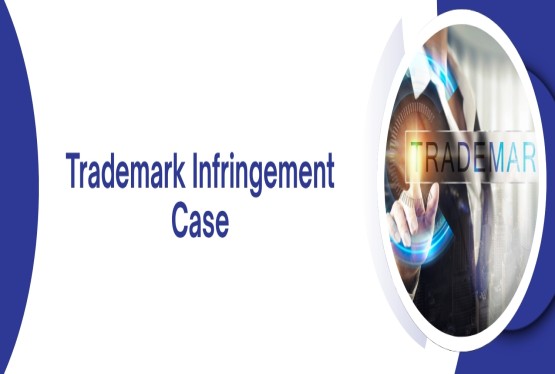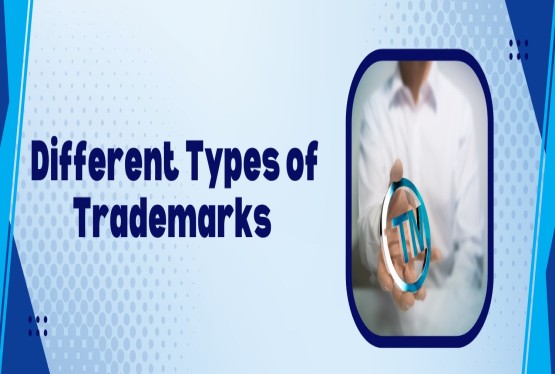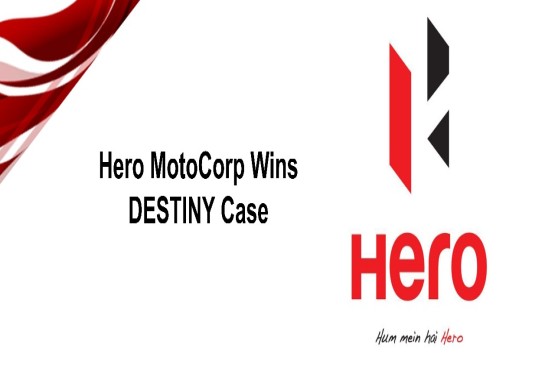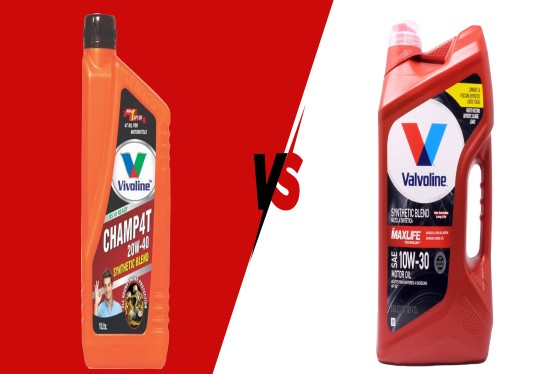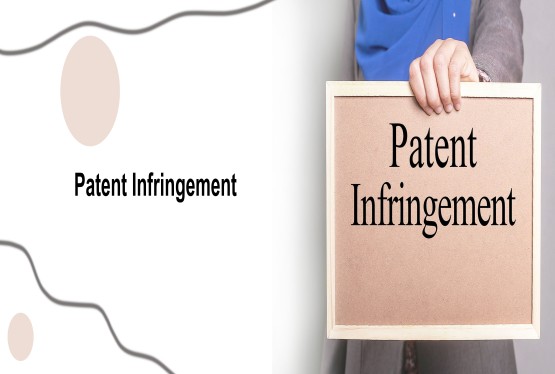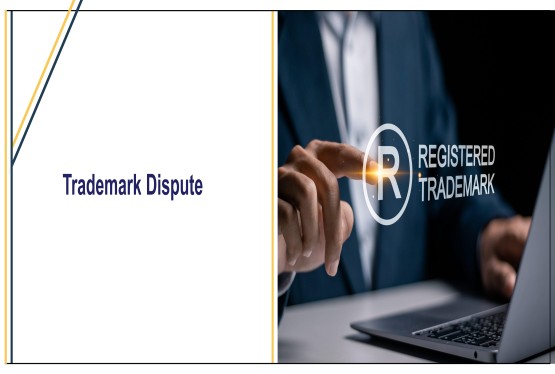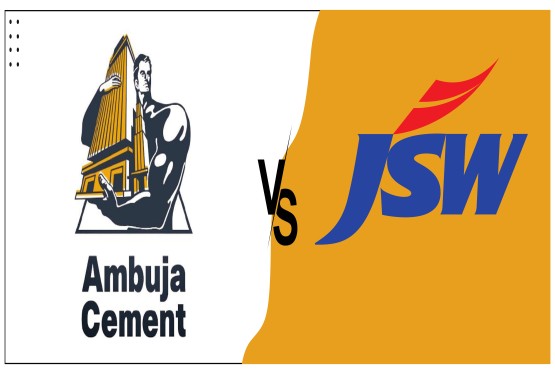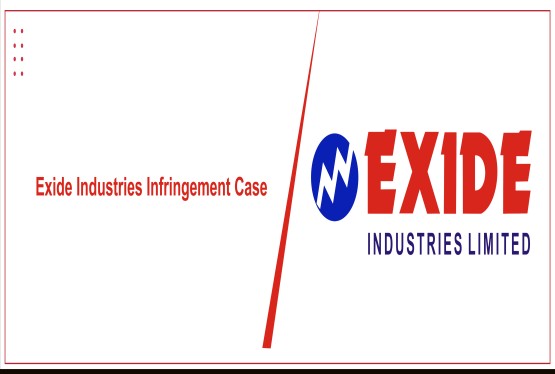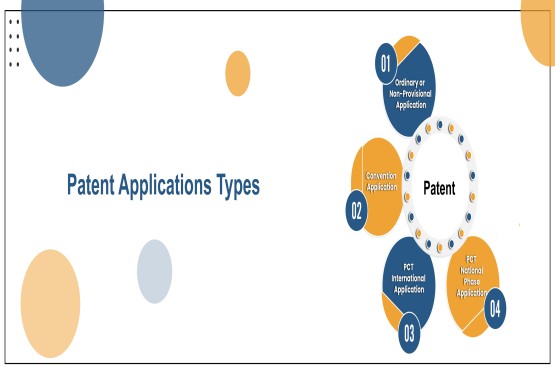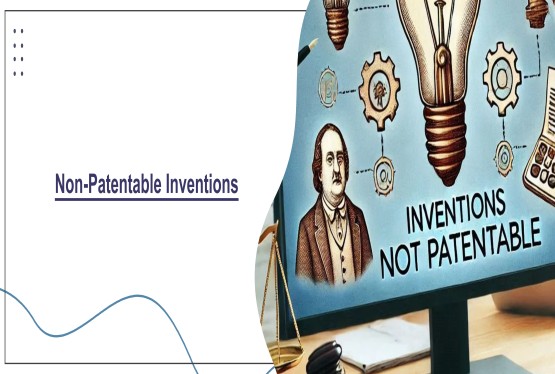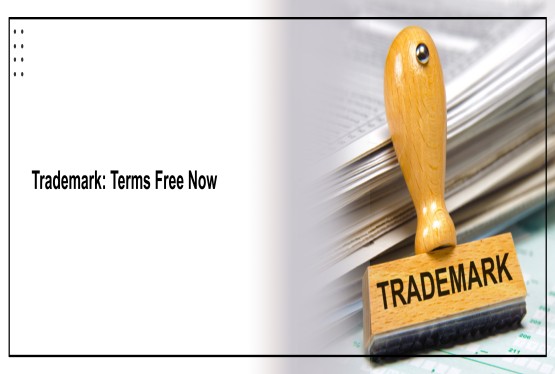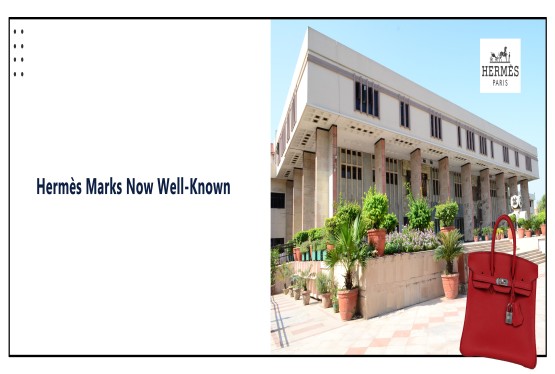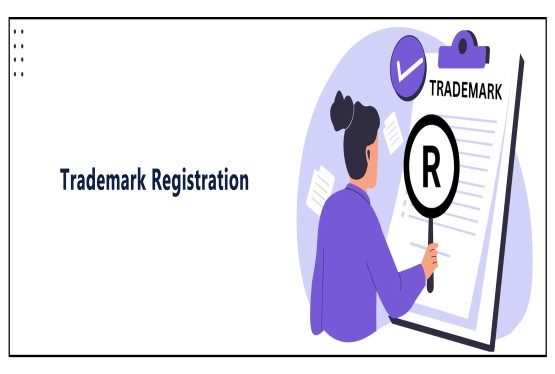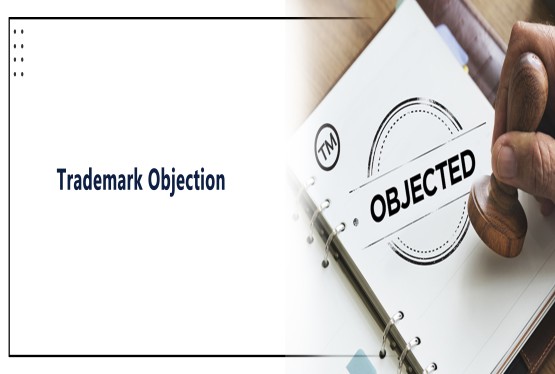Trademark law is a crucial pillar of intellectual property protection, serving as an essential tool for businesses to safeguard their unique identities and maintain their competitive edge in the marketplace. One of the core components of trademark law is the classification system, where goods and services are divided into various categories known as "trademark classes." Among these classes, Class 6 holds particular significance, encompassing a wide range of industrial, metallic, and construction-related products.
What is Trademark Class 6?
Trademark Class 6, under the Nice Classification system, includes goods made primarily of metal or those that have significant industrial and construction applications. These products are used in a variety of sectors, including manufacturing, construction, and other industrial fields. Class 6 is primarily concerned with raw metals, metal products, and related items that serve various purposes, including infrastructure, machinery, and building materials.
Some of the key goods included in Class 6 are:
-
Common metals (e.g., iron, steel, aluminum)
-
Metal building materials (e.g., pipes, tubes, sheets, rods)
-
Metallic structures (e.g., scaffolding, railway tracks)
-
Metal hardware (e.g., locks, hinges, nails, bolts)
-
Metallic pipes and tubes used in plumbing, construction, and industrial applications
-
Metal ores and scrap metal
-
Wrought or cast metal products for construction and machinery
-
Containers, barrels, and drums made of metal
Goods under this class often find use in construction, transportation, and machinery, among other sectors. As such, trademark protection in Class 6 ensures that manufacturers can protect their unique products, designs, and innovations within these industries.
The Legal Framework for Trademark Class 6
Trademark protection in India is governed by the Trade Marks Act, 1999, which provides the legal basis for the Trademark Registration, protection, and enforcement of trademarks. The Act incorporates the Nice Classification for classifying goods and services, and Class 6 pertains specifically to metallic and industrial products, as described above. This Act also encompasses provisions for trademark infringement and trademark withdrawal, outlining the legal consequences and procedures related to these actions.
In addition to the Trade Marks Act, trademark owners in Class 6 must also consider various statutory frameworks and regulations that govern the production, trade, and safety of these products. These frameworks include laws related to industrial goods, raw materials, and consumer protection.
1. The Trade Marks Act, 1999: The core statute governing trademarks in India. Section 2 of the Act defines trademarks, while Sections 9 and 11 deal with the requirements for registration and the refusal of marks that are not distinctive or are likely to cause confusion. The Act also covers the rules for infringement and remedies in case of violation.
2. The Industrial Disputes Act, 1947: Although not directly related to trademark law, this Act regulates industrial activities in India, which could impact manufacturers in Class 6 dealing with metal products, particularly regarding labor issues, production processes, and factory operations.
3. The Factories Act, 1948: This law governs the operation of factories in India, ensuring the safety and welfare of industrial workers. Manufacturers of metallic products and related goods under Class 6 must comply with safety standards outlined in this statute.
4. The Bureau of Indian Standards (BIS): The BIS establishes standards for various metal and construction products in India. Adherence to BIS standards is critical for manufacturers in Class 6 to ensure their products meet industry norms and are safe for use.
5. Customs Laws: International trade regulations, particularly related to the import and export of metals and metal products, may also impact businesses that operate in Class 6. Customs laws, such as the Customs Act, 1962, regulate the importation of raw metals, machinery, and other construction materials.
Key Considerations in Registering a Trademark in Class 6
Businesses seeking to register a trademark in Class 6 must consider several important factors to ensure their mark is legally protectable:
1. Distinctiveness of the Mark: A fundamental requirement for trademark registration is that the mark must be distinctive and capable of distinguishing the goods of one business from those of another. Descriptive terms, such as "Steel Pipes" or "Iron Rods," may be rejected due to their lack of distinctiveness. A unique, non-descriptive name or logo is essential for registration.
2. Non-functionality of the Mark: In the case of industrial products, it is crucial that the trademark is not deemed functional or ornamental. For example, a design or logo that is considered essential for the functionality of a metal product would not be eligible for trademark protection. The mark must be used to identify the source of the goods rather than for any technical or functional purpose.
3. Compliance with Industrial Standards: Manufacturers in Class 6 must ensure that their products meet all relevant industrial, safety, and quality standards, including regulations issued by the Bureau of Indian Standards (BIS). If a mark is associated with substandard or non-compliant goods, it may not be granted protection.
4. Avoiding Confusion with Existing Marks: The risk of consumer confusion is a crucial consideration. A manufacturer must conduct a comprehensive search to ensure that their trademark does not conflict with other registered marks in the same category. Confusion between similar products or brands can undermine the protection and value of the trademark.
Precedents and Case Law Related to Class 6 Trademarks
Several legal precedents have shaped the interpretation of trademark law as it pertains to goods under Class 6. These cases focus on the application of trademark principles such as distinctiveness, functionality, and the protection of industrial products.
1. Bharat Heavy Electricals Ltd. v. National Heavy Electricals Ltd. (2003)
This case involved a dispute between two Indian companies over the use of similar marks in the heavy electrical equipment industry. The court ruled in favor of Bharat Heavy Electricals Ltd. (BHEL), emphasizing the importance of avoiding confusion in the marketplace, especially with industrial products that are often purchased for large-scale infrastructure projects. This case highlighted the significance of protecting industrial marks that identify the source of heavy equipment and machinery.
2. Caterpillar Inc. v. K.K. Modi (2002)
In this case, Caterpillar Inc., a multinational company, sought to protect its trademark for construction equipment, including machinery and parts falling under Class 6. The court upheld the trademark rights of Caterpillar, ruling that the distinctiveness of its trademark allowed it to prevent other companies from using similar marks in the same industrial sector. This case underscores the importance of trademark protection for industrial products, including heavy machinery and components.
3. Steel Authority of India Limited v. K.K. Steel (2015)
In this matter, Steel Authority of India Limited (SAIL) filed a lawsuit against K.K. Steel for using a name that was confusingly similar to its registered trademark in the steel industry. The court ruled in favor of SAIL, underscoring the importance of trademark protection for large-scale industrial products such as steel. The case also emphasized that a well-established brand in Class 6 could enforce its trademark rights to prevent the dilution of its market identity.
Challenges in Protecting Trademarks in Class 6
Trademark owners in Class 6 face several challenges when it comes to protecting their intellectual property. Some of the key challenges include:
1. Functional Design Disputes: One of the most significant challenges in protecting trademarks related to industrial goods is the risk that the mark will be deemed functional or essential to the product’s design. For example, a unique design that is necessary for the product’s functioning (e.g., a specialized metal frame for machinery) may not be granted trademark protection.
2. Counterfeiting and Infringement: Counterfeiting of industrial goods, including metal products, can have serious economic consequences for manufacturers. The challenge lies in enforcing trademark protection against counterfeit goods, particularly in an industry where the goods are often bulky, expensive, and difficult to monitor.
3. Genericism: As with many industrial products, trademarks for raw metals and common construction materials face the risk of becoming generic. Marks that are too closely associated with the name of the product itself (e.g., "Steel Rods") may fail to meet the distinctiveness requirement.
Conclusion
Trademark Class 6 plays a crucial role in protecting the identity and integrity of industrial, metal, and construction-related products. The Trade Marks Act, 1999, in conjunction with various industrial regulations, provides a robust legal framework for the registration and enforcement of trademarks in this sector. Through key precedents such as BHEL v. National Heavy Electricals Ltd. and Caterpillar Inc. v. K.K. Modi, Indian courts have demonstrated the importance of trademark protection in preventing consumer confusion, safeguarding product quality, and ensuring fair competition in the marketplace.
For manufacturers and businesses in the industrial sector, trademark protection in Class 6 is essential not only for distinguishing their goods but also for maintaining their competitive position in a rapidly evolving marketplace. As industry standards and technological advancements continue to evolve, the legal landscape surrounding Class 6 trademarks will remain critical to ensuring the effective protection of intellectual property.
Frequently Asked Questions
Certainly, here are 5 FAQs based on the provided article about Trademark Class 6:
Q1. What products and services are included in Trademark Class 6?
Ans. Trademark Class 6 encompasses a wide range of industrial, metallic, and construction-related goods. This includes common metals like iron and steel, metal building materials such as pipes, tubes, and sheets, metallic structures like scaffolding and railway tracks, metal hardware like locks and hinges, and containers made of metal. Essentially, it covers a broad spectrum of products used in various industries, from manufacturing and construction to transportation and infrastructure.
Q2.Why is Trademark Class 6 important for businesses in these sectors?
Ans. Registering a trademark under Class 6 is crucial for businesses operating in industries that utilize or produce these products. It provides exclusive rights to use the mark, preventing competitors from using identical or similar marks, thus safeguarding the brand identity and preventing consumer confusion. This protection is vital for establishing brand recognition, building customer trust, and maintaining a competitive edge in the market.
Q3. What are the key legal considerations for registering a trademark under Class 6?
Ans. Key considerations include ensuring the distinctiveness of the mark. Descriptive terms or those that are purely functional may not be eligible for registration. The mark must also not be confusingly similar to existing trademarks in Class 6 or other relevant classes. Compliance with industry standards and regulations, such as those set by the Bureau of Indian Standards (BIS), is also crucial.
Q4. How do judicial precedents like Bharat Heavy Electricals Ltd. v. National Heavy Electricals Ltd. and Caterpillar Inc. v. K.K. Modi impact trademark law in Class 6?
Ans. These landmark cases provide valuable guidance on the interpretation and application of trademark law within Class 6. They emphasize the importance of protecting well-known brands, preventing consumer confusion, and ensuring fair competition in the market. These precedents underscore the need for businesses to carefully consider the potential impact of their trademark choices and to seek legal counsel to ensure compliance with relevant laws and regulations.
Q5. What are the challenges faced by businesses in protecting trademarks under Class 6?
Ans. Challenges include the risk of functional trademarks, where the mark itself is essential to the product's functionality. The risk of counterfeiting is also significant, particularly in industries where the trade of raw materials and components is prevalent. Additionally, navigating the complexities of international trade and complying with various industrial and regulatory standards can pose challenges for businesses seeking to protect their trademarks globally.






























_(b)_of_the_Trademark_Act,_1999_(1)_crop10_thumb.jpg)



_crop10_thumb.jpg)




























_crop10_thumb.jpg)
_crop10_thumb.jpg)






_crop10_thumb.jpg)








_crop10_thumb.jpg)



_crop10_thumb.jpg)





























_crop10_thumb.jpg)

















_crop10_thumb.jpg)






_crop10_thumb.jpg)











































































































































_crop10_thumb.jpg)




































_crop10_thumb.jpg)












_crop10_thumb.jpg)













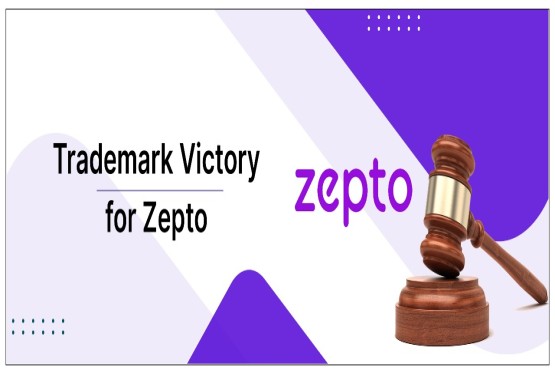

































_crop10_thumb.jpg)






